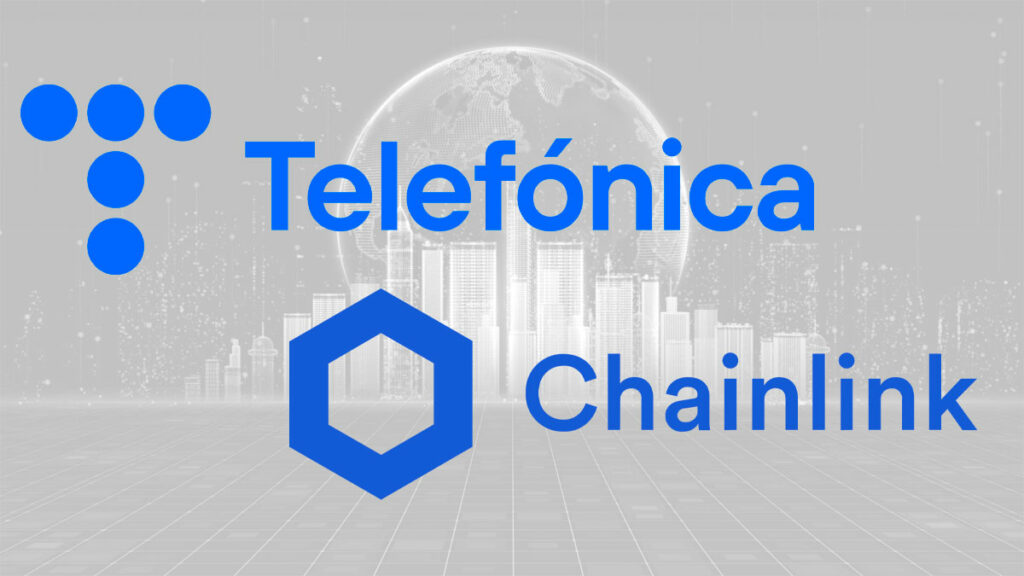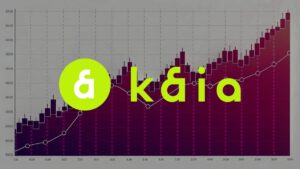TL;DR
- Telefónica and Chainlink Labs Partnership: Telefónica, the Spanish telecommunications giant, has formed a strategic alliance with Chainlink Labs to strengthen Web3 security. The partnership focuses on integrating Chainlink Functions with the GSMA Open Gateway.
- GSMA Open Gateway and Chainlink Functions Integration: The first GSMA Open Gateway API, known as SIM SWAP, is utilizing Chainlink Functions. This integration serves a dual purpose: it enhances the security of transactions and adds safeguards to blockchain transactions.
- Impact on Web3 Security: This strategic move demonstrates the need for secure Oracle networks to deliver real-world data on-chain. It marks a significant step in the integration of Telco capabilities into the blockchain industry.
In a groundbreaking move, Telefónica, the Spanish telecommunications giant, has announced its strategic alliance with Chainlink Labs. This partnership aims to strengthen Web3 security by integrating Chainlink Functions with the GSMA Open Gateway.
The primary focus of this collaboration is to enhance the security of smart contracts that interact with different Application Programmable Interfaces (APIs) through the GSMA Open Gateway. This integration marks a significant step in incorporating Telco capabilities into the blockchain industry.
Chainlink Functions, a top-tier solution for Web3 connectivity, is set to establish secure connections between any API on the GSMA Open Gateway and Polygon’s PoS blockchain network. This integration will bolster the functionality and security of Web3 applications, fostering a more resilient and verifiable digital environment.
In the dynamic world of Web3, where security is paramount, developers are in search of effective tools to successfully navigate its complexities. Oracles serve as a critical infrastructure that bridges the gap between blockchain-based smart contracts and real-world data, ensuring the reliability and precision necessary for autonomous decision-making.
The GSMA Open Gateway, a worldwide telecoms industry initiative spearheaded by the GSMA, has launched a collection of standardized Telco APIs. These APIs introduce innovative Telco capabilities to the Web3 ecosystem, enabling businesses to tackle various challenges within the Web3 domain efficiently.
The Dual Purpose of the GSMA Open Gateway and Chainlink Functions Integration

In this significant integration, the first GSMA Open Gateway API, known as SIM SWAP—launched in Brazil by the telecom provider Vivo (Telefónica Brazil)—is utilizing Chainlink Functions. This collaboration facilitates the validation of data from multiple sources, substantially enhancing the security of smart contracts and adding an extra layer of protection to blockchain transactions.
This integration serves a dual purpose. Firstly, it bolsters the security of transactions. Secondly, it adds safeguards to blockchain transactions. This is achieved by empowering smart contracts to make information requests to the API.
This ensures the integrity of a device’s SIM card, verifying that no unauthorized modifications have been made. This is a significant stride in enhancing the security infrastructure of blockchain transactions.
This strategic move by Telefónica and Chainlink Labs demonstrates the need for secure oracle networks to deliver real-world data on-chain. It marks a significant step in the integration of Telco capabilities into the blockchain industry. This collaboration addresses challenges such as SIM swap attacks with advanced integration solutions, setting a new standard for Web3 security.












